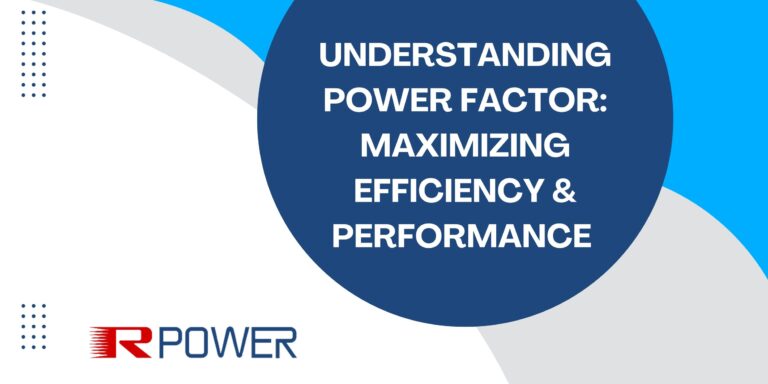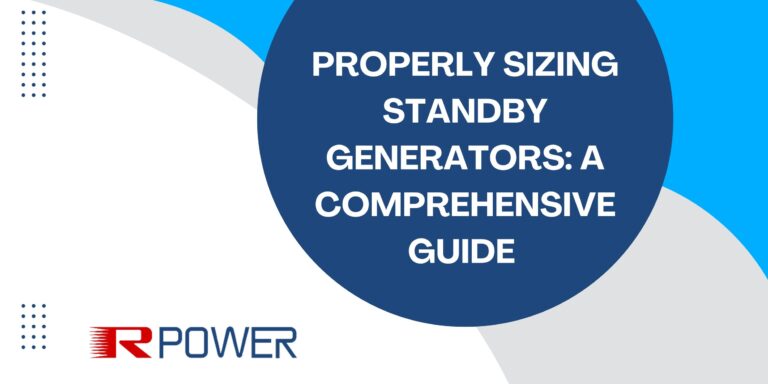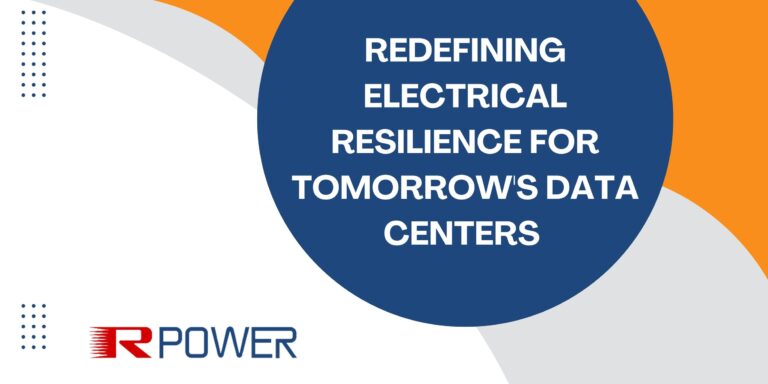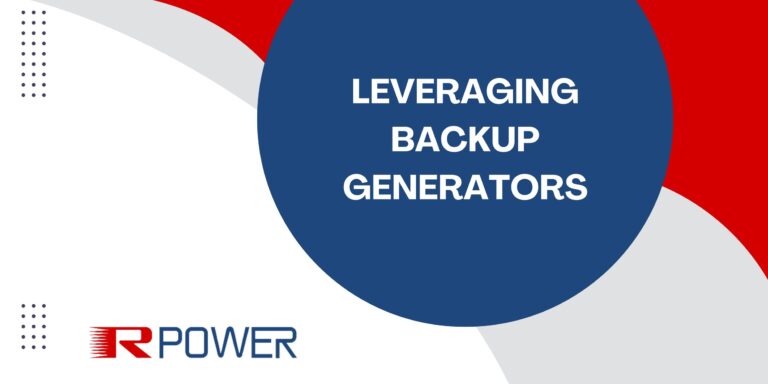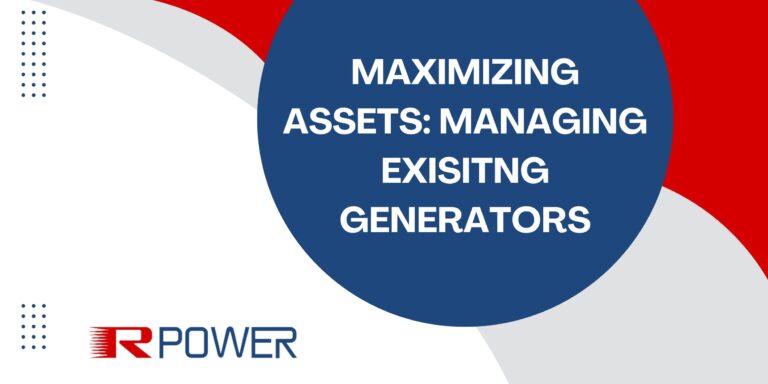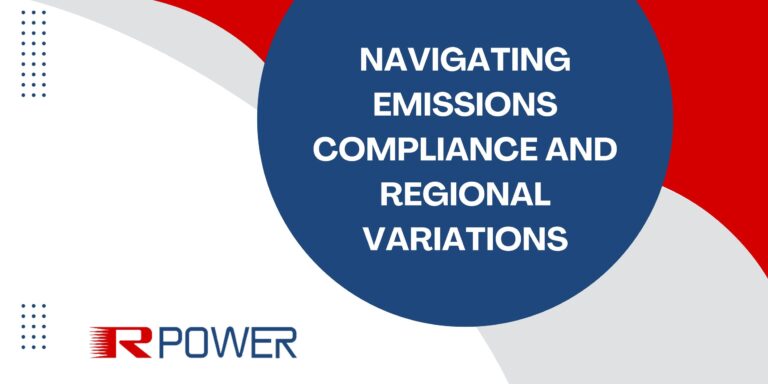Strategies for Facility Operators: ERCOT Programs and Benefits
For facility operators looking to maximize the value of their operations in the ERCOT energy market, understanding and strategically participating in available programs can be a game-changer. Among the various ERCOT programs, two practical options for standby generator enrollment stand out: the Emergency Response Service (ERS) program and participation in the real-time wholesale market.
Emergency Response Service (ERS) Program
The ERS program is a demand response initiative designed to address severe system emergencies when ERCOT’s available reserve margin falls short of its targets. In such critical situations, ERCOT may activate the ERS and request additional capacity from market participants to help stabilize the grid. Generators enrolled in the ERS program commit to providing additional capacity when called upon by ERCOT, typically by reducing their load. Importantly, they receive compensation for their availability, regardless of whether they are dispatched or not. This program plays a crucial role in ensuring the reliability of the grid during critical situations.
Wholesale Energy Market
The Wholesale Energy Market lies at the core of ERCOT’s energy marketplace. It facilitates the buying and selling of electricity on a wholesale basis. In this market, generators offer their electricity supply for sale, while retail electricity providers purchase electricity to meet the demands of their customers. The Wholesale Energy Market operates in real-time, with prices determined every 15 minutes based on supply and demand conditions.
Market participants submit offers specifying the quantity of electricity they are willing to sell at what price. The market clears, determining the equilibrium price and quantity of electricity based on these submitted offers and bids. It takes into account factors such as supply and demand conditions, grid constraints, and market rules. This market mechanism ensures competitive pricing and efficient allocation of electricity supply in response to changing conditions.
Four Coincident Peak (4CP) Program
For facilities with larger loads (>700 kW) or those equipped with an Interval Data Recorder (IDR) meter, there’s an opportunity to reduce monthly transmission charges from energy bills. The Four Coincident Peak (4CP) program incentivizes consumers to curtail their facility load or transition it from the grid to the generator during the four highest peak demand periods of the year. These peak demand periods often occur during the evening hours (4:00 PM – 6:00 PM) of the four summer months (June to September) when air conditioning loads surge as consumers return home from work. By shifting power supply from the grid to the generator during these critical moments, facility operators can ideally reduce their demand charge to zero, eliminating this charge on future bills.
In conclusion, for facility operators in the ERCOT energy market, strategic participation in programs like ERS and active engagement in the Wholesale Energy Market can lead to increased operational efficiency, cost savings, and improved grid reliability. Moreover, the 4CP program offers an opportunity to reduce transmission charges significantly. By leveraging these programs effectively, facility operators can optimize their energy operations and enhance their overall competitiveness in ERCOT’s dynamic energy landscape.
To read the full technical paper, click here.


